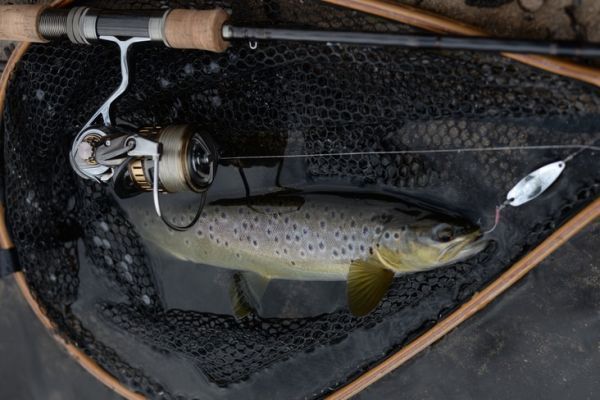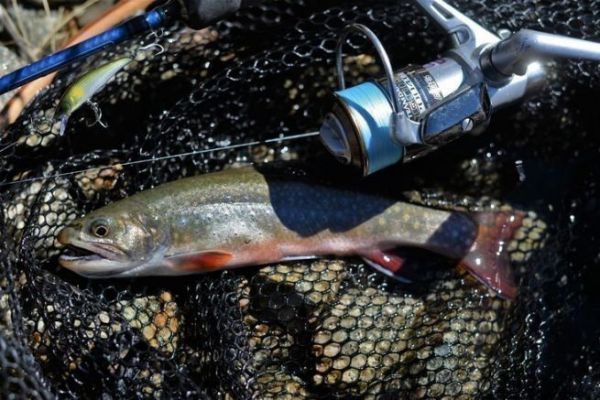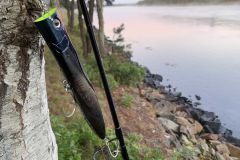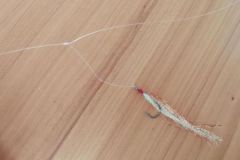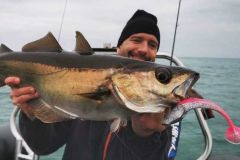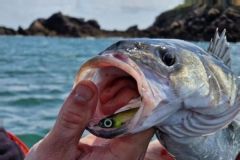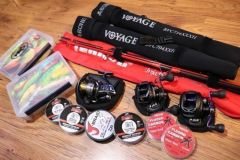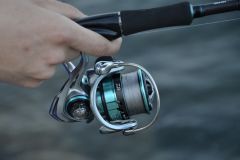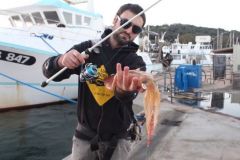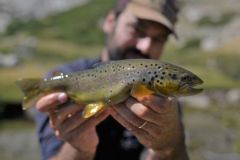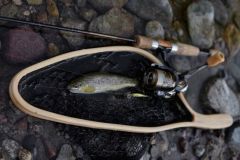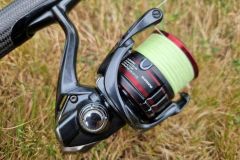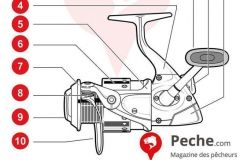What is coil capacitance?
Spool capacity is the amount of wire, expressed in meters, that the spool can hold for a given line diameter.
Don't confuse capacity with spool size. A large bobbin can hold relatively little wire, and vice versa. It's the depth of the bobbin groove and its stroke (its height) that will define the capacity.
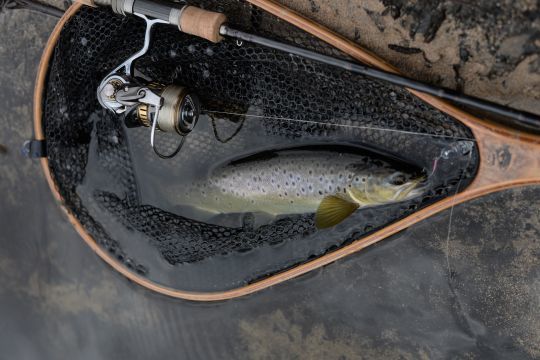
There is a parallel to be drawn between spool size and capacity. It's quite obvious to understand that a large reel is going to be suited to big fish that require a large-diameter line that takes up more volume in the spool.
Which reel for trout lures?
For trout, you'll almost always choose shallow bobbins. Shallow translates as "shallow".
A shallow spool has a reduced capacity. It lends itself well to being filled with fine line, nylon or braid. This is particularly true for reels in sizes 1000 and 2000.
Reels in the 500 size range often have a spool with a reduced stroke, but a fairly deep throat which traditionally lends itself to the use of nylon for ultra-light fishing.
For reels in the 2500 size range, anglers have several choices. Super shallow (SS) reels, shallow reels or standard reels.
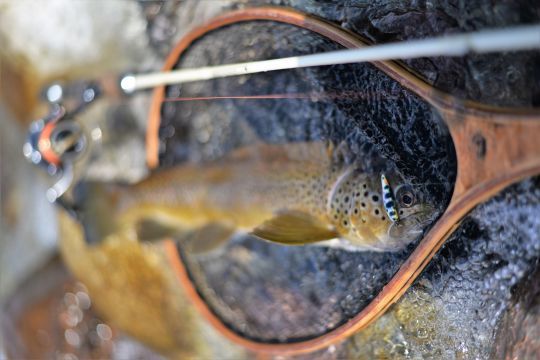
Super shalow (SS) spools lend themselves well to the use of fine braid. As you know, for the same resistance, braid has a smaller diameter than nylon. It therefore takes up less space in the spool. To fill a spool properly, the line must be flush with the lip of the spool. The choice of spool must therefore be adapted to the line used. There's no need to put 500 m of braid in a spool to fill it properly, as long as you find a brand that offers such quantities...
Fine trout braids are designed for long casting and relatively light fishing. This is the case in mountain lakes. What's more, the braid's low resistance to abrasion, especially when very fine (PE 0.4 or PE0.6), makes it unsuitable for river fishing in rocky areas where the line may rub.
The shallow (S) spool lends itself to the use of larger braids (PE0.8 or PE1). This is a versatile configuration for upstream fishing in rivers and lakes.
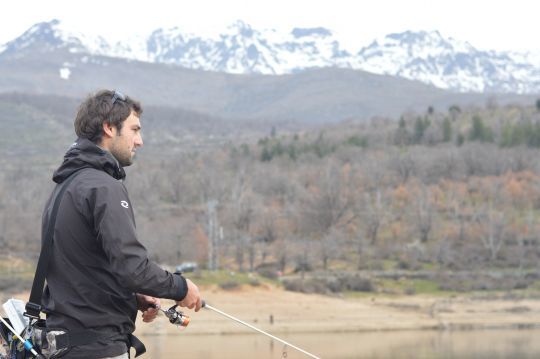
Finally, the standard spool, with its deeper groove, lends itself well to the use of nylon. Nylon has a larger diameter than braid for the same strength. A deep spool is therefore suitable. Nylon is relevant for lures that pull in the line or vibrate strongly, such as spinners, crankbaits or long-bib minnows.
The case of fluorocarbon
As an aside, I'd like to mention fluorocarbon, whose use in line bodies is anecdotal for trout. You should know that spools adapted for fluorocarbon use are slightly tapered to compensate for the excess swelling of the fluorocarbon during rewinding. At Daiwa, these are rated F or are found on lightweight reels designed for fine black-bass spinning, such as the Steez or Ignis...
Be careful when choosing your reel. Fluorocarbon spools are said to be compatible with braid, but not with nylon...

 /
/ 

